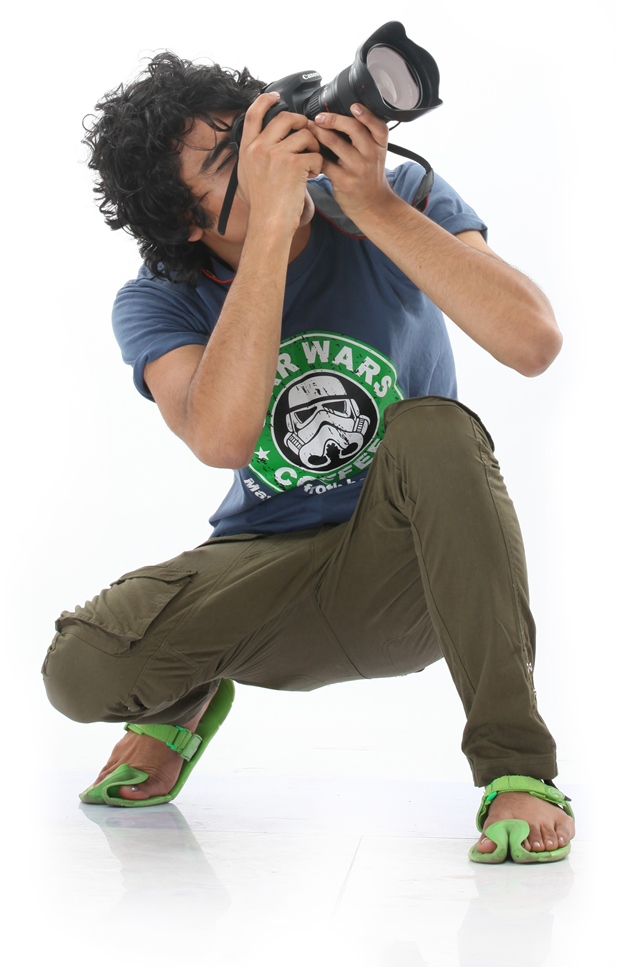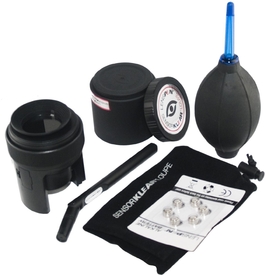


1. New photography tutorials and tips
2. Latest photography assignments
3. Photo competitions and prizes
Enter your email below to subscribe.
 Buying a camera is first step towards photography. But maintaining it in order to get the best output is the most important step. Without proper care and handling, your equipment will deteriorate with time and may not give the desired result. The care and handling is even more important when you have poured lot of money to buy a camera.
Buying a camera is first step towards photography. But maintaining it in order to get the best output is the most important step. Without proper care and handling, your equipment will deteriorate with time and may not give the desired result. The care and handling is even more important when you have poured lot of money to buy a camera.
We will discuss about care and handling primarily from DSLR point of view. DSLRs are more costly and complex equipment to handle. A proper care can ensure long life with good output.
Here are some of the very simple and basic tips to take care of your DSLR. However, some of the tips would also be applicable for a normal point and shoot camera as well.
Handling: Always hang your DSLR around your neck using the strap. This will ensure that your equipment will never fall accidently. A special care must be taken when giving your camera to others. Ensure that they have held it properly and put the strap around their neck. Never touch the lens or filter surface to avoid scratches. If possible, buy a guard for your LCD screen for this longer scratch free life.
Bag: Camera bag should contain soft inner surface to avoid any scratches on camera body. It must be rugged enough to handle any external wear and tear. It must have enough space for your camera, so that there is no undue pressure while locking it. It is better, if your bag has got an attached rain cover, which can save your equipment from rain. Otherwise, always keep big polythene inside your bag, which can easily rap your camera bag with camera inside.
Moisture: Humidity and moisture are biggest culprits to affect your camera body. It is very important to save your camera from moisture. One of the simplest ways is to keep sachets of silica gel in your bag. Silica get absorbs moisture and saves your equipment. These are available very cheap in market. You may even get these sachets in the box of other electronic equipment you buy. But, do remember to change them after every humid season (in 3-4 months) as they have a limit to absorb moisture.
Changing lens: The sensor of your camera is most susceptible to acquiring dust particles when you change your lens. Removing lens exposes the sensor to the outer world, so an utmost care must be taken while changing lens.
Ensure to change lens in a closed room with fan switched off. Keep your camera opening towards ground while removing your lens and attaching a new lens. Try to keep duration of changing lens as less as possible. Avoid (as far as possible) changing lens outside, especially in windy and dusty conditions.
The professional cleaning of sensor by your camera manufacturer service center may cost a lot (more than Rs 1000), so these basic and simple tips can help you keep your sensor clean for longer time.
Cleaning camera, lens and filter: Buy a cleaning kit (costs around Rs 300 – Rs 500), which contains a soft bristle brush, a air blower, a lint free cloth, cleaning solution and tissue papers. Clean your camera after every outbound trip. Remove the dust from the outer camera body using the brush. Clean lens/filter surface using brush and then the lint free cloth (this will ensure to avoid scratches). Use cleaning solution, only when necessary. You can also use air blower to remove dust from the surface. Air blower can also be used to clean the sensor manually (but do not try this unless you have seen a demo). Never ever touch your camera sensor with anything. This needs extremely expert handling and leave this expertise with your service center.
Charging of batteries: Always keep a spare battery. Charge a battery only when it has completely discharged and ensure to charge it fully in one go. This simple habit will ensure much longer life to your batteries. In fact, this process can be used to charge any type of batteries, such as mobile phone, AA batteries, etc.
Never leave your batteries inside your camera after the shoot is over. Always remove them as a charged battery keeps draining some charge to the camera sensitive electronics, thereby affecting them slowly.
Storage: Store your equipment in a closed, air tight and dry place. Never keep them in open for longer time. If you have multiple camera bodies and costly lenses, then buy a digital cabinet. A digital cabinet provides a small air tight almirah with the facility to control the humidity level. This ensures longer life for your investment.
Sensor auto clean: You must have noticed some activity on the LCD screen when you switch off your DSLR. Almost all DSLRs today have a sensor auto cleaning function to decrease the amount of dust on sensor. When we switch-off the camera, the camera vibrates the sensor to shake off any sticking dust. But, to get maximum advantage of this feature, your camera sensor must be pointing downwards (keep your lens direction towards ground), so that when sensor vibrates, the dust fell off the sensor. If the direction of sensor is not towards ground, then dust will fall back on the sensor and the effect of this feature will decrease.
We have shared some basic tips, which can be helpful in everyday use of the camera. To learn and know more about the handling and caring about your equipment and to learn Photography, join 3 Months Online Foundation Photography Course
Indian Institute of Photography | Copyright © 2025. All Rights Reserved